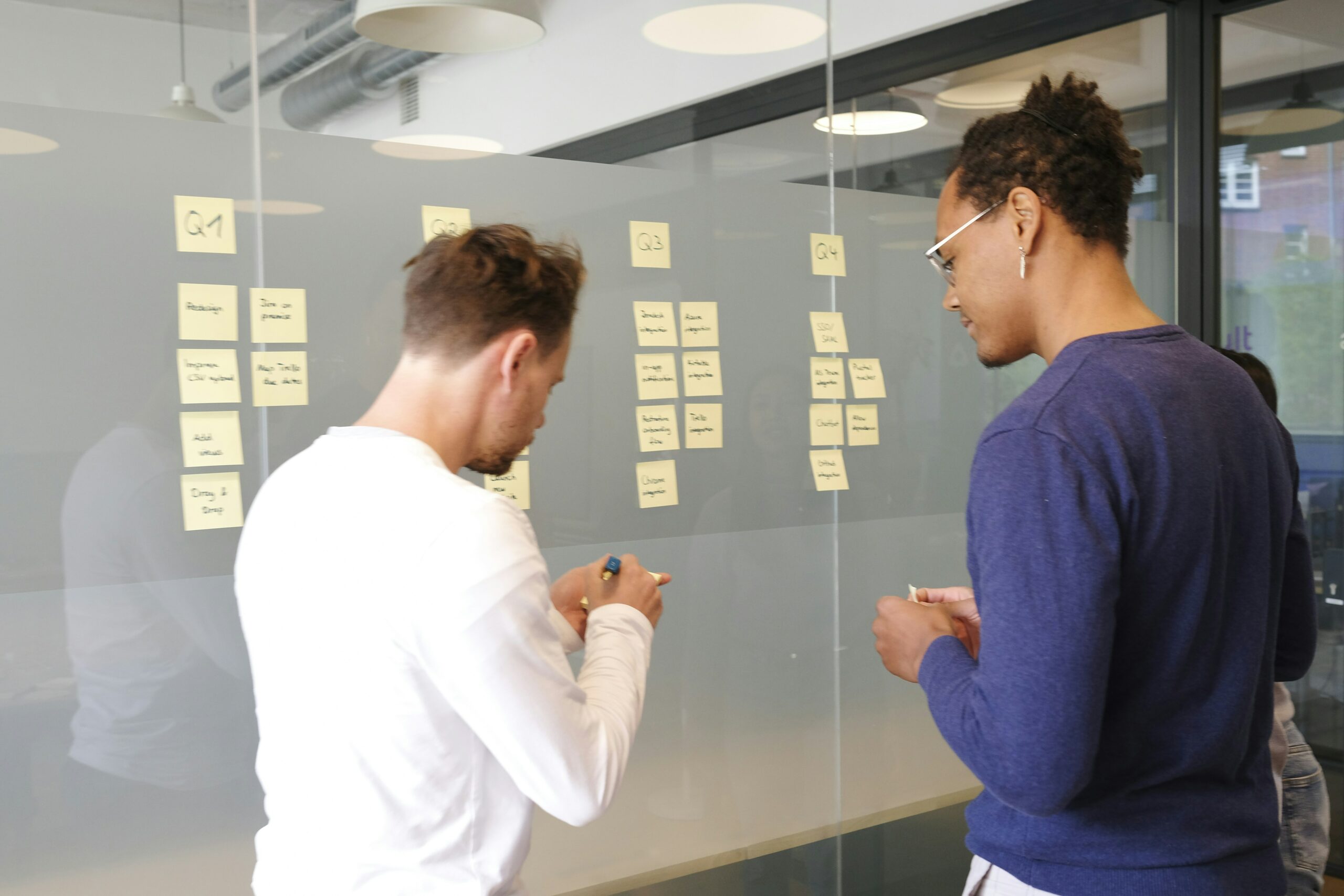
Moving At Pace
Have you ever wondered how some teams effortlessly manage their workload, maintain high productivity, and deliver exceptional results?
What if I told you there's a methodology that can help you achieve the same level of efficiency and effectiveness in your projects?
Enter Kanban – a powerful approach to workflow management that originated in Toyota's manufacturing processes but has since evolved to revolutionise industries far beyond the factory floor.
Let's embark on a journey to uncover the secrets of Kanban and learn how it can transform the way you work!
🎨 The Origin of Kanban
Imagine a bustling Toyota factory in the 1940s, where efficiency and productivity were paramount. It was here that Taiichi Ohno developed Kanban as part of the Toyota Production System (TPS), aiming to optimise manufacturing processes and minimise waste. Originally utilising physical cards to signal production needs, Kanban has since transcended its industrial roots to become a cornerstone of modern workflow management.
💼 Application to Business
But how does Kanban translate from the assembly line to the boardroom?
In today's dynamic business landscape, Kanban serves as a beacon of efficiency, enabling teams to visualise their workflow, limit work in progress, and focus on continuous improvement. Whether you're in software development, project management, or any knowledge-intensive field, Kanban empowers you to streamline processes, enhance collaboration, and deliver value to your customers with precision and agility.
📊 Visualising Workflow: Create a Kanban board to visualise the stages of your business processes, from idea 💡 to delivery 🚚.
🚧 Limiting Work in Progress (WIP): Set limits on the number of tasks or projects that can be in progress simultaneously to prevent bottlenecks ⛔️ and improve flow.
📦 Managing Inventory: Use Kanban to manage inventory levels by visualising stock levels 📊 and replenishment needs.
💬 Improving Communication: Encourage collaboration and communication among team members by making the Kanban board visible to everyone 👥.
🛑 Identifying Bottlenecks: Monitor the flow of work on the Kanban board to identify bottlenecks 🚧 and areas for improvement in your business processes.
🔄 Continuous Improvement: Foster a culture of continuous improvement by regularly reviewing and optimizing your Kanban process.
🌟 Flexibility and Adaptability: Kanban allows for flexibility and adaptability, making it suitable for dynamic business environments where priorities may change frequently.
Overall, Kanban helps businesses streamline their processes, improve efficiency, and deliver value to customers more effectively.
⚠️ Pitfalls & Mitigations:
However, like any methodology, Kanban is not without its challenges. From overloading work in progress to grappling with dependencies and resistance to change, there are pitfalls that teams may encounter along the way. Fear not! By setting clear WIP limits, prioritising effectively, managing dependencies transparently, fostering a culture of continuous improvement, and embracing change, you can navigate these challenges and unlock the full potential of Kanban in your business.
🚫 Overloading Work in Progress (WIP): Allowing too many tasks to be in progress simultaneously can lead to decreased focus 😫, increased lead times⏳, and bottlenecks 🛑. Set clear WIP limits for each stage of the process and enforce them rigorously to maintain a smooth flow of work.
❌ Lack of Clear Prioritisation: Without clear priorities, teams may struggle to focus on the most important tasks, leading to inefficiency and delays⏳. Establish a clear prioritisation framework, such as using a backlog or priority matrix 📊, to ensure that the most valuable work is addressed first.
🔗 Dependency Management: Complex projects or processes may involve dependencies between tasks or teams, leading to delays if not managed effectively. Identify and visualise dependencies on the Kanban board 📋, communicate dependencies transparently 💬, and actively coordinate with dependent teams to minimize delays ⏰.
🛑 Failure to Continuously Improve: Kanban emphasises continuous improvement, but teams may fall into the trap of complacency and fail to actively seek out opportunities for optimisation. Regularly review and analyse metrics such as cycle time ⏱️ and throughput 🔄 to identify areas for improvement, conduct retrospective meetings 🗣️ to discuss successes and challenges, and experiment with process changes to drive continuous improvement.
🔒 Resistance to Change: Implementing Kanban may face resistance from team members who are accustomed to traditional ways of working. Provide training and education 📚 to help team members understand the benefits of Kanban, involve them in the design and implementation process 🤝, and foster a culture of openness and experimentation to encourage acceptance of change.
By being aware of these potential pitfalls and implementing strategies to mitigate them, teams can effectively leverage Kanban to improve workflow efficiency and deliver greater value to customers. 🌟
Ready to embark on your Kanban journey?
Why not share your experiences in the comments?
Have a brilliant week!
Dave Rogers, Chief Business Explorer, Fuelled Fit and Fired Up
At Fuelled Fit and Fired Up, I use my curiosity to help you build a better business.
Think of me as the person who unleashes your power.
Looking for a speaker who thinks a little differently? Let’s talk.
Why not contact me at info@fuelledfitandfiredup.com to find out more?
And don’t forget to subscribe to my YouTube channel @thebusinessexplorers, where I share ideas on how you can create your recipe for business success.



